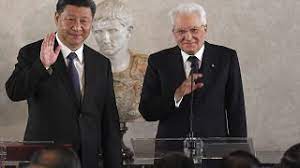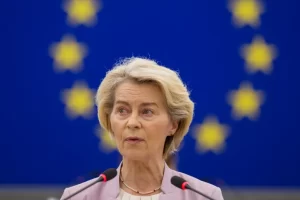The New Silk Road: What is it and why has Italy abandoned the project with China?

Rome: Italy has quit the Belt and Road Initiative (BRI), also known as the New Silk Road, a project launched by China in 2013 despite it being the first G7 country, and the first EU member, to join it four years ago in an agreement signed by the then Italian prime minister, Giuseppe Conte.
The (BRI) is an infrastructure project announced in 2013 by Chinese president Xi Jinping.
The goal of this project is to establish an infrastructure network, both by land and sea, to expand Chinese economic influence into other countries across Asia, the Middle East, Africa, and Europe.
According to Italian sources, after joining the BRI, Italy has witnessed few benefits, while China has benefited much more from the deal.
After the agreement, exports to Beijing rose but only slightly – from 13 billion in 2019 to 16.4 billion in 2022, with the surge in early 2023 mainly linked to a drug produced by Pfizer in Italy. However, imports from China have surged, increasing from 32 to 58 billion.
“The Silk Road was not beneficial for us. Germany and France had a turnover higher than ours,” Antonio Tajani, Italy’s foreign minister, said.
“We are already working a lot with China; there is a strategic partnership. There is nothing negative with China. We proceed as we have always done.”
According to former Italian prime minister, Giuseppe Conte, the new Italian move is not in favour of the country.
“This decision is justified solely for ideological reasons, made to appease entities other than Italian businesses,” he said.
There are between 145 and 149 countries worldwide that have signed Memorandums of Understanding (MoUs) with China to co-operate under the BRI framework.
Among these, thirteen are European: Bulgaria, Croatia, the Czech Republic, Estonia, Hungary, Greece, Latvia, Lithuania, Malta, Poland, Portugal, Slovakia, and Slovenia.





